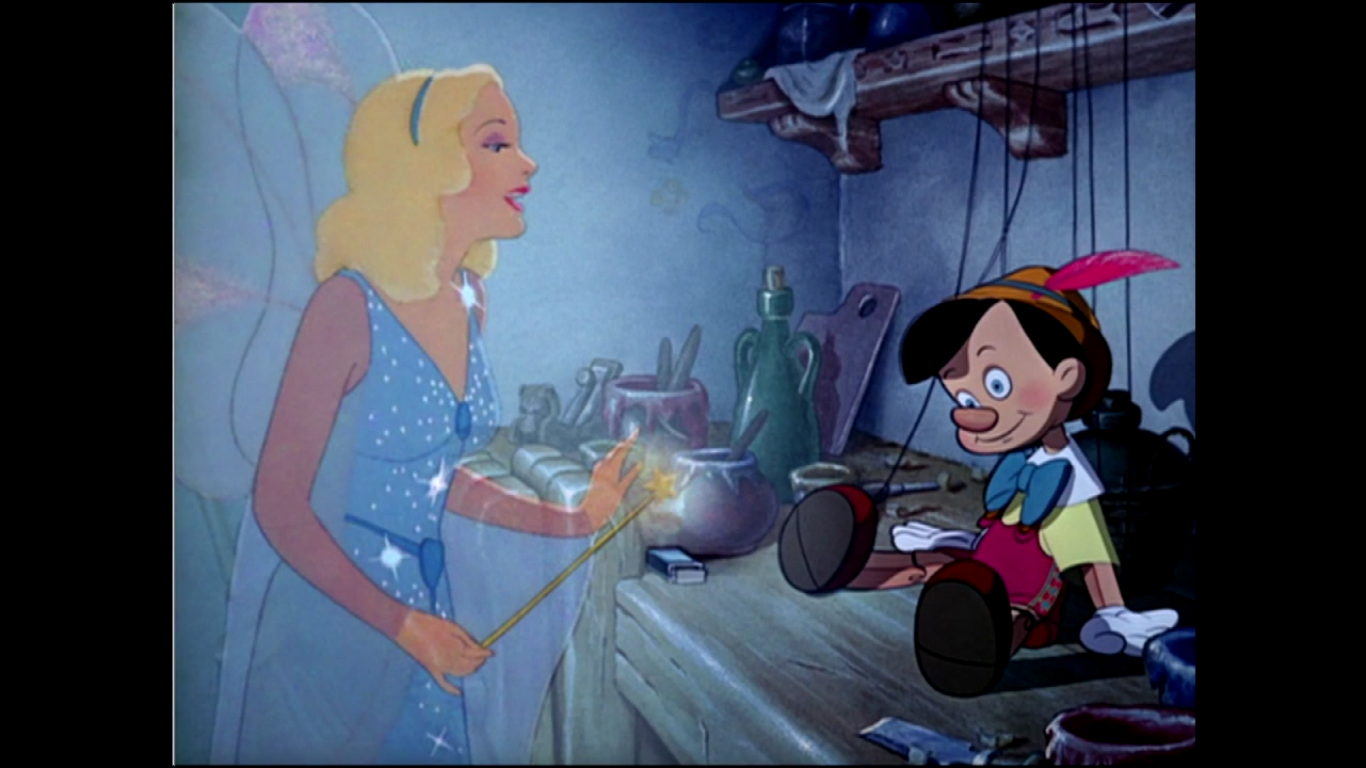Prof. Anna Franklin, Ph.D.
University of Sussex
Department of Psychology
Visual Perception and Cognition
Freitag 23.09.2016
Dauer: 50:35 min
Abstract
Although it may seem that how much we like different colours is idiosyncratic, decades of research has established that some colours (e.g., blue) are in fact more likely to be preferred over others (e.g., dark yellow). It has been claimed that these color preferences are ‘universal’ and various theories to account for colour preferences have been proposed (e.g., Palmer & Schloss, 2010; Hurlbert & Ling, 2007). At the heart of colour preference research has been a desire to reveal how it is that a surface of reflected light can appear to ‘hold affect’ (Zajonc, 1980). In this talk I will present a series of 7 studies which we have conducted that aim to further understand where colour preferences come from. These studies further investigate the relationship of colour preference and colour-object associations (Taylor & Franklin, 2012); identify the color preferences of people from a non-industrialised culture (Taylor, Clifford & Franklin, 2013); relate adult colour preference to infants’ response to colour (Franklin, Bevis, Ling & Hurlbert, 2010; Taylor, Schloss, Palmer & Franklin, 2013; Skelton, Catchpole, Abbott, Bosten & Franklin, 2016); assess the impact of dichromacy on color preference (Álvaro, Moreira, Lillo & Franklin, 2015) and investigate the neural correlates of colour preference using fMRI (Racey, Bird & Franklin, 2016). I will discuss the combined contribution of these studies to our understanding of color preference, and I will also identify key questions for future lines of investigation.
Color preference – Oder: Warum wir manche Farben lieben und andere nicht?
Anna Franklin geht der Frage nach, warum wir manche Farben lieben und andere nicht. Haben Farbpräferenzen etwas mit unserer Herkunftskultur zu tun oder mit der Orientierung an einer sozialen Gruppe, vielleicht mit dem Alter oder doch eher dem Geschlecht? Warum mögen so viele Menschen Blau, während Gelb vor allem in der westlichen Welt weniger auf Gegenliebe zu stoßen scheint. In einer Reihe von grundlegenden Studien ist Anna Franklin diesem komplexen Thema auf den Grund gegangen. Sie wird in ihrem Vortrag nicht nur aktuelle Forschungsergebnisse präsentieren, sondern auch wegweisende Fragestellungen für weiterführende Forschungsansätze stellen, die für die Neurobiologie, aber auch die Industrie relevant sind, nicht zuletzt, weil sie unser Konsumverhalten sowie unsere visuelle Kultur bestimmen.
Biographie
Anna Franklin is Professor of Visual Perception and Cognition at the University of Sussex. She leads the Sussex Colour Group and the Sussex Baby Lab.
Her research aims to:
- Understand how we perceive and process colour
- Establish how colour perception and cognition develops
- Use colour as a testing ground for broader theoretical debates, such as how language and thought interact
She conducts experiments with participants from across the lifespan (infancy to adulthood) using a range of methods such as eye-tracking, psychophysics, colour science and the event-related potential approach. So far, she has led research projects on: the development of colour categorisation, the impact of colour term acquisition on colour perception, the origins of colour preference, and chromatic discrimination in children with Autism Spectrum Conditions (ASC). This research attempts to address fundamental issues in cognitive and developmental science. For example, her research on the development of colour categorisation addresses broader questions such as: how and when do categories form?; what is the relationship between categories in language and thought?; how are categories expressed in the brain? She has provided converging evidence that infants categorise colour which has contributed to a long-standing multi-disciplinary debate on whether the division of the colour spectrum into discrete categories (e.g., red, green, blue) in both language and thought is arbitrary or whether there are constraints on how and where categories form in the colour spectrum.
Farbe im Kopf – Von der Wahrnehmung zur Kunst
Interdisziplinäre Konferenz Institut für Medienwissenschaft und Forschungsinstitut für Augenheilkunde der Eberhard Karls Universität Tübingen mit dem Deutschen Farbenzentrum e.V. – Zentralistitut für Farbe in Wissenschaft und Gestaltung


